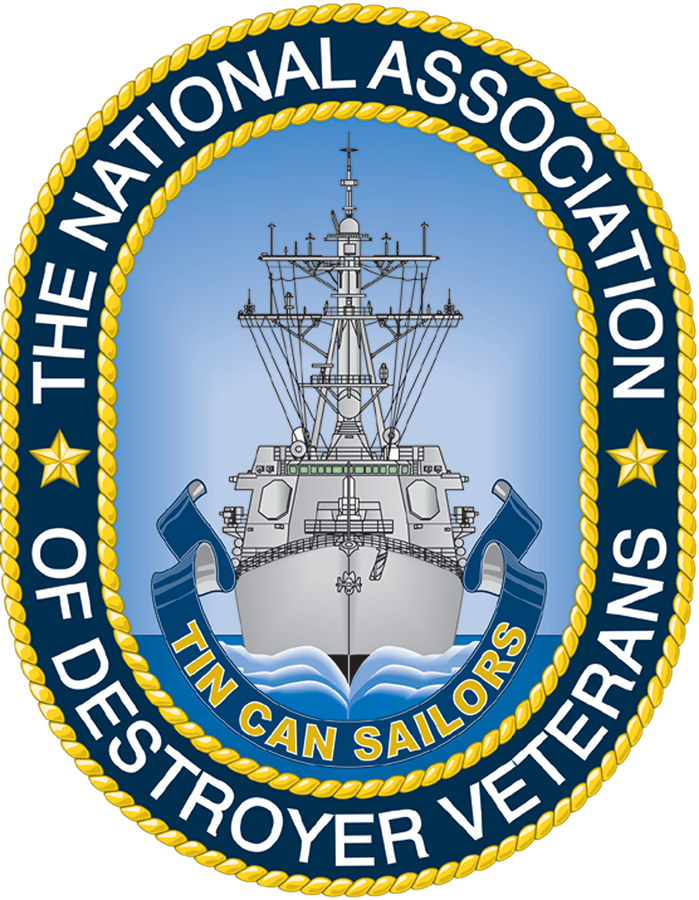Hull Number: DE-195
Launch Date: 12/30/1943
Commissioned Date: 02/01/1944
Decommissioned Date: 06/17/1946
Call Sign: NQDZ
Class: CANNON
CANNON Class
Namesake: LEONARD W. THORNHILL
LEONARD W. THORNHILL
Dictionary of American Naval Fighting Ships, April 2016
Leonard W. Thornhill, born on 17 August 1915 in Lamison, Ala., was appointed to the Naval Academy on 19 June 1934, graduated on 2 June 1938, and was commissioned an ensign. After serving at sea in Pennsylvania (BB-38) until September 1939 and in J. Fred Talbot (DD-156) until July 1940, he was transferred to Pensacola for flight training. Thornhill received his naval aviator’s wings on 23 January 1941 and soon thereafter reported for duty at the Naval Air Station at Opa-Locka, Fla.
Following another assignment ashore at San Diego, Calif., Thornhill joined carrier-based Torpedo Squadron (VT) 2 on 13 August 1941. After the Japanese attack on Pearl Harbor, Thornhill served with his ship, Lexington (CV-2), during the first month of the war, patrolling the Johnston-Palmyra-Oahu triangle against possible enemy incursions. In February and March, he participated in the carrier’s offensive patrols in the Coral Sea and in the attacks on Japanese installations at Salamaua and Lae located on the northern coast of New Guinea.
Early May found Lexington patrolling the Coral Sea after two weeks of upkeep in Pearl Harbor. Thornhill piloted one of the 12 TBD-1 torpedo bombers launched during mid-morning on 7 May to seek out and destroy Japanese forces converging on the Australian base at Port Moresby. At 1135, VT-2 encountered the light carrier Shoho and immediately launched a well coordinated attack in conjunction with Bombing Squadron (VB) 2. While VB-2 took some of the fighter pressure off the torpedo bombers, Thornhill and his comrades split formation and attacked the carrier from both directions astern. All 12 planes made their runs and drops successfully and without loss to themselves. The “Devastators” claimed nine hits from 12 drops, one of which was credited to Lt. (jg.) Thornhill. The coordinated attacks of VT-2 and VB-2 sent Shoho to the bottom, the first enemy carrier sunk by American forces in World War II.
The following day, during the second phase of the Battle of the Coral Sea, Thornhill went aloft with VT-2 at 0910 in search of the two remaining Japanese carriers, Shokaku and Zuikaku. After failing to encounter the enemy ships at their supposed location, Thornhill and his squadron mates initiated a “box search” to find their quarry. Sometime after 1100, they found their target, fleet carrier Shokaku, At 1142, VT-2 commenced its attack; and the carrier began a long, slow turn to the right which allowed each TBD-1 to make its “run without splitting across the stern.” The attack ended just eight minutes later, and VT-2 began the flight home claiming five hits on Shokaku, all of which proved later to be wishful thinking. Only the dive bombers succeeded in damaging the enemy carrier.
During the return flight, VT-2 planes began to run low on fuel as a result of their drawn-out search earlier that morning. All planes cut back power in order to make the flight most economically. Even so, Lt. (jg.) Thornhill could not make it. His “Devastator” ran out of fuel some 20 miles short of home, and he had to ditch in the ocean. Though a destroyer went to their rescue, Thornhill and his crew perished at sea. For his contribution to the destruction of Shoho carried out with “. . . complete disregard for his own personal safety . . .,” Lt. (jg.) Thornhill was awarded the Navy Cross posthumously.
Disposition:
Thornhill was transferred to Italy under the Military Assistance Program on 10 January 1951. She was stricken 26 March 1951. She served the Italian Navy as Aldebaran (F 590) until she was stricken and broken up in 1976.
